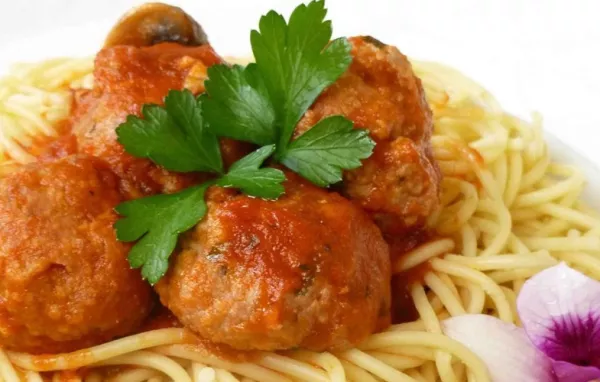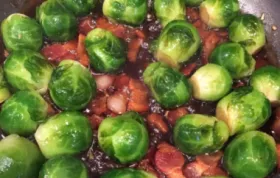Jansen's Spaghetti Sauce and Meatballs

Published on April 29, 2023
Ingredients
- 1 lb ground beef
- 1/2 cup Italian-style breadcrumbs
- 1/4 cup grated Parmesan cheese
- 1/2 teaspoon garlic powder
- 1/2 teaspoon dried oregano
- 1/2 teaspoon salt
- 1/4 teaspoon black pepper
- 1/4 cup milk
- 1 egg
- 1/4 cup olive oil
- 1 onion, diced
- 3 cloves garlic, minced
- 1 (28 oz) can crushed tomatoes
- 1 (6 oz) can tomato paste
- 2 tablespoons sugar
- 1 teaspoon dried oregano
- 1 teaspoon dried basil
- 1/2 teaspoon salt
- 1/4 teaspoon black pepper
Directions
- In a large bowl, combine the ground beef, breadcrumbs, Parmesan cheese, garlic powder, oregano, salt and pepper. In a separate bowl, whisk together the milk and egg. Add the milk and egg mixture to the ground beef mixture and mix until well combined.
- Shape the mixture into 1-inch meatballs. Heat the olive oil in a large skillet over medium-high heat. Add the meatballs and cook until browned on all sides, about 5 minutes. Remove the meatballs from the skillet and set aside.
- In the same skillet, add the onion and garlic and cook until the onion is softened, about 5 minutes. Add the crushed tomatoes, tomato paste, sugar, oregano, basil, salt and pepper. Stir to combine and bring to a simmer.
- Add the meatballs back to the sauce and simmer for about 30 minutes, stirring occasionally. Serve over cooked spaghetti noodles.
Interesting Facts
- The origins of spaghetti and meatballs can be traced back to the late 19th century in southern Italy.
- Tomato sauce was not always used with spaghetti and meatballs. Originally, the sauce was made with olive oil, garlic, parsley, and grated cheese.
- The meatballs were traditionally made with a combination of pork and beef, but some recipes also include veal.
- It is believed that the dish was first served in the United States in the late 19th century.
You’ll Also Love












